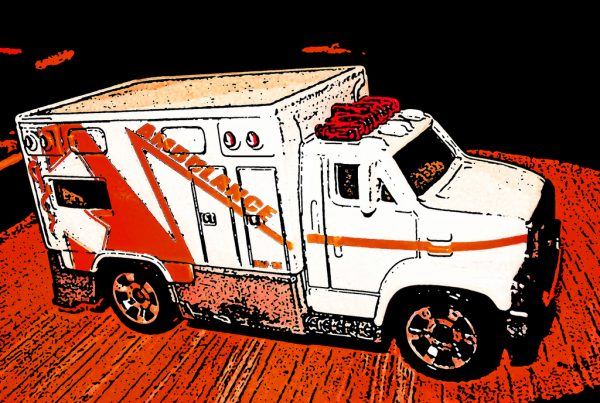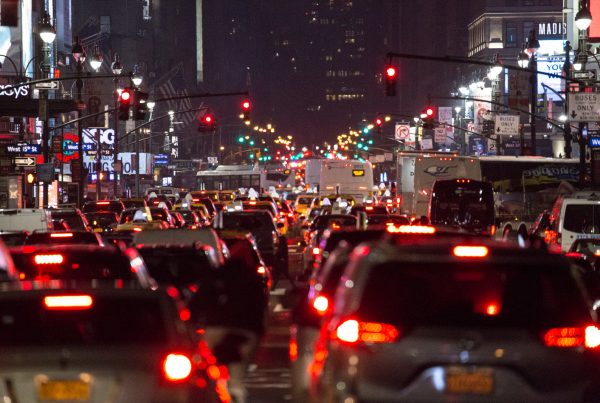The only thing that is constant is change. But it may be difficult for transportation operators, who are engaged in the day to day struggle of providing a service, maintaining their fleet, and managing their employees to deal with change. That is why you get outside help. And what better time, than a few months into 2016 to look at the trends and patterns that non-emergency medical transporters (NEMT), and all people transporters can exploit to earn more money.
New Demographics: The baby boomer’s are no longer the largest demographic group in North America, that title now belongs to the millennial generation. This cohort of 90 million people are still going to need medical transportation; they will probably need it even more, as they have historically low car ownership rates. How will this demographic want to order trips? They’ll likely do it through their smartphones, so they will go to the transporters with smartphone apps. And once they have your app they will keep coming back. An app can also improve customer service. Keeping riders informed of the location and status of their transport, letting them see the vehicle they are ordering, or even letting them use the app to pay. These are features that people now expect, even from NEMT operators. Smartphone applications are also important for the operations side; give the right app to your drivers and suddenly you can control your day to day activities much easier. Management is about visibility and communication, the larger your transportation company gets, the more critical visibility becomes.
Operational Tempo: Changes to health care in the US are also creating more opportunities for revenue. According to Healthcare Dive Medicaid expansion across the country and the adoption of “managed care” is increasing competition amongst healthcare plans for customers it has also made getting more people to their appointments a higher priority. So health plans are proactively scheduling and sending transportation to their clients. How fast can your transport operations respond to schedule changes or customer demands? 24 hours seems to be the standard, and that is simply too slow when a person or health provider can order a ride and be in a car within minutes. But with a rider app and a fast dispatching system NEMT operators will be able to respond on-demand, to requests for trips. Increasing the tempo of operations opens a whole new avenue for grabbing customers, not to mention dealing with late cancellations or other unforeseen changes to schedules. If you are not fast enough customers will go to services that are fast, it is why NEMT companies need to start entering the on-demand age and the only way to do that is to get better technology.

Ridesharing: Transportation Network Companies (TNCs) like Uber and Lyft are not models that can be realistically copied to the NEMT industry. However, there are aspects of their models that can be borrowed. These companies are very good at ridesharing, or multiloading. Ridesharing is difficult in the NEMT sector because riders usually have fixed appointment times, schedules are made in advance and some riders and vehicles are not even able to multiload. But many operators do have extra capacity in their vehicles. Research has shown with a ridesharing rate of 80% a fleet’s size can be reduced by 40%; total system cost, and emissions are also reduced at a similar rate. It is common sense to fill vehicles and to share rides, it saves money for both operators and riders. But it’s not easy. Ridesharing is one of the most difficult computational problems to solve. Humans can’t even wrap their brains around it, as even a basic ridesharing plan could have trillions of different interactions. That is why we made software that can reliably solve the ridesharing problem quickly and repeatedly.
Conclusion: The route to more revenue is simple. Appeal to changing demographics, increase the speed of trip ordering, and pack your vehicles full whenever they are on the road. Then turn all that into a process that can scale and be repeated. The only way to do all that is have a system that can bring it all together, and do so in an economical way. For more information on how Pantonium can bring new revenue streams online for your business, contact us at info@pantonium.com.
Photo credit Top: Elizabeth Hahn – Optician Training Bottom: David Falconer – Wikipedia




